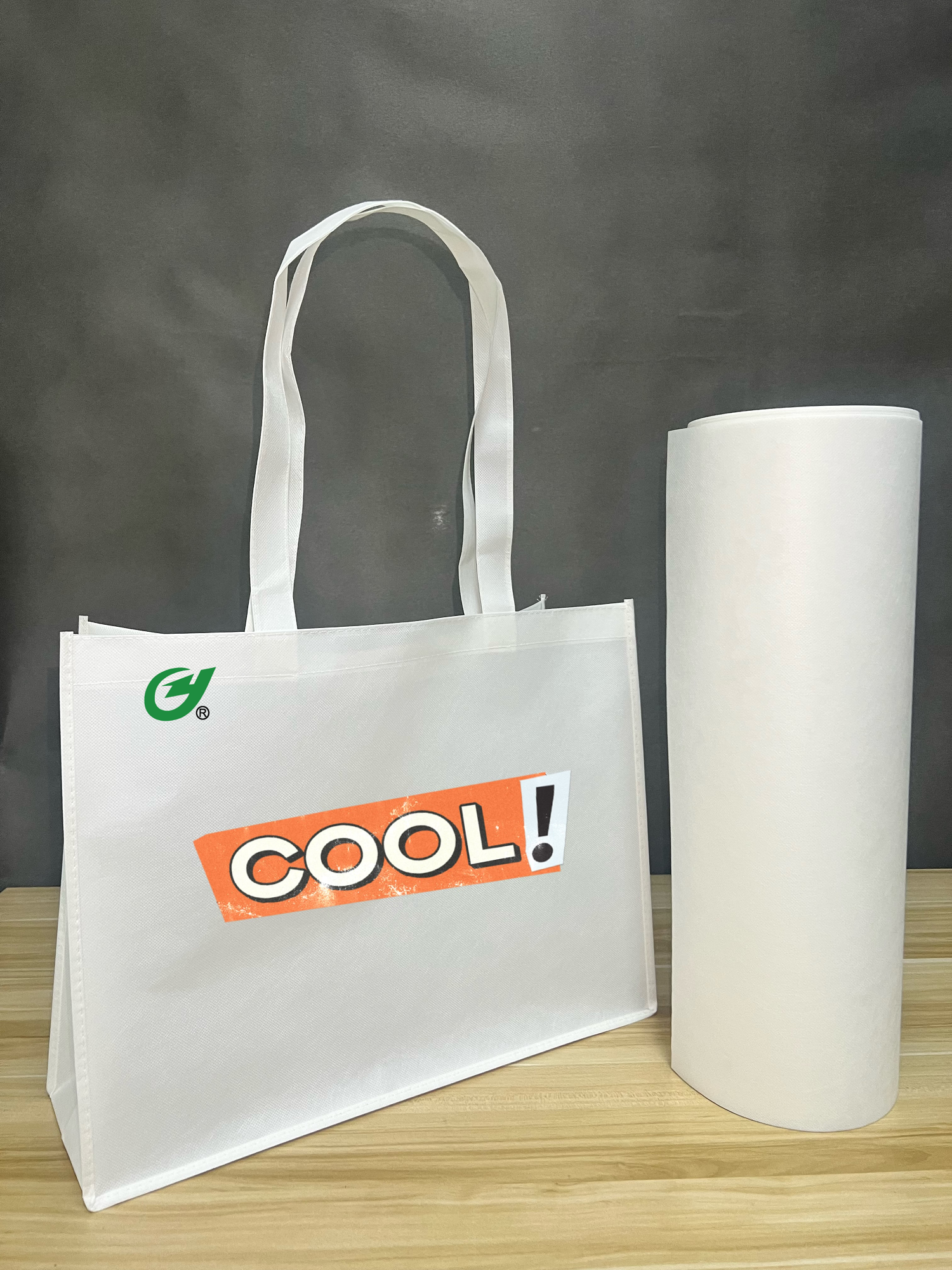Call Us
+86-13505731370
Email Us
alice@ygnonwoven.com
Why are the non-woven fabrics produced under the same processing conditions uneven in thickness?
2022-02-17
The reasons for the uneven thickness of non-woven fabrics under the same processing conditions may be as follows:
(1) The blending of low-melting fibers and conventional fibers is uneven: different fibers have different cohesion. Generally speaking, low-melting fibers have greater cohesion than conventional fibers, and are not easy to disperse. For example, Japan 4080, South Korea 4080, South Asia 4080 or Far East 4080 all have different cohesion. If the low-melting fiber is unevenly dispersed, the part with less low-melting fiber content cannot form a sufficient network structure, and the non-woven fabric is thinner. , relative to the place where the low-melting fiber content is more, the thicker phenomenon is formed.
(2) Incomplete melting of low-melting fiber: The main reason for the incomplete melting of low-melting fiber is insufficient temperature. For non-woven fabrics with low basis weight, it is usually not easy to cause the problem of insufficient temperature, but for high basis weight, high Thick products need to pay special attention to whether it is sufficient. The non-woven fabric at the edge has enough heat, and the non-woven fabric is usually thicker, and the non-woven fabric in the middle part is easy to form a thinner non-woven fabric because of insufficient heat.
(3) The shrinkage rate of the fiber is high: whether it is a conventional fiber or a low-melting point fiber, if the hot air shrinkage rate of the fiber is high, the problem of uneven thickness during the production of non-woven fabrics is likely to occur due to shrinkage.
(1) The blending of low-melting fibers and conventional fibers is uneven: different fibers have different cohesion. Generally speaking, low-melting fibers have greater cohesion than conventional fibers, and are not easy to disperse. For example, Japan 4080, South Korea 4080, South Asia 4080 or Far East 4080 all have different cohesion. If the low-melting fiber is unevenly dispersed, the part with less low-melting fiber content cannot form a sufficient network structure, and the non-woven fabric is thinner. , relative to the place where the low-melting fiber content is more, the thicker phenomenon is formed.
(2) Incomplete melting of low-melting fiber: The main reason for the incomplete melting of low-melting fiber is insufficient temperature. For non-woven fabrics with low basis weight, it is usually not easy to cause the problem of insufficient temperature, but for high basis weight, high Thick products need to pay special attention to whether it is sufficient. The non-woven fabric at the edge has enough heat, and the non-woven fabric is usually thicker, and the non-woven fabric in the middle part is easy to form a thinner non-woven fabric because of insufficient heat.
(3) The shrinkage rate of the fiber is high: whether it is a conventional fiber or a low-melting point fiber, if the hot air shrinkage rate of the fiber is high, the problem of uneven thickness during the production of non-woven fabrics is likely to occur due to shrinkage.
X
We use cookies to offer you a better browsing experience, analyze site traffic and personalize content. By using this site, you agree to our use of cookies.
Privacy Policy

























